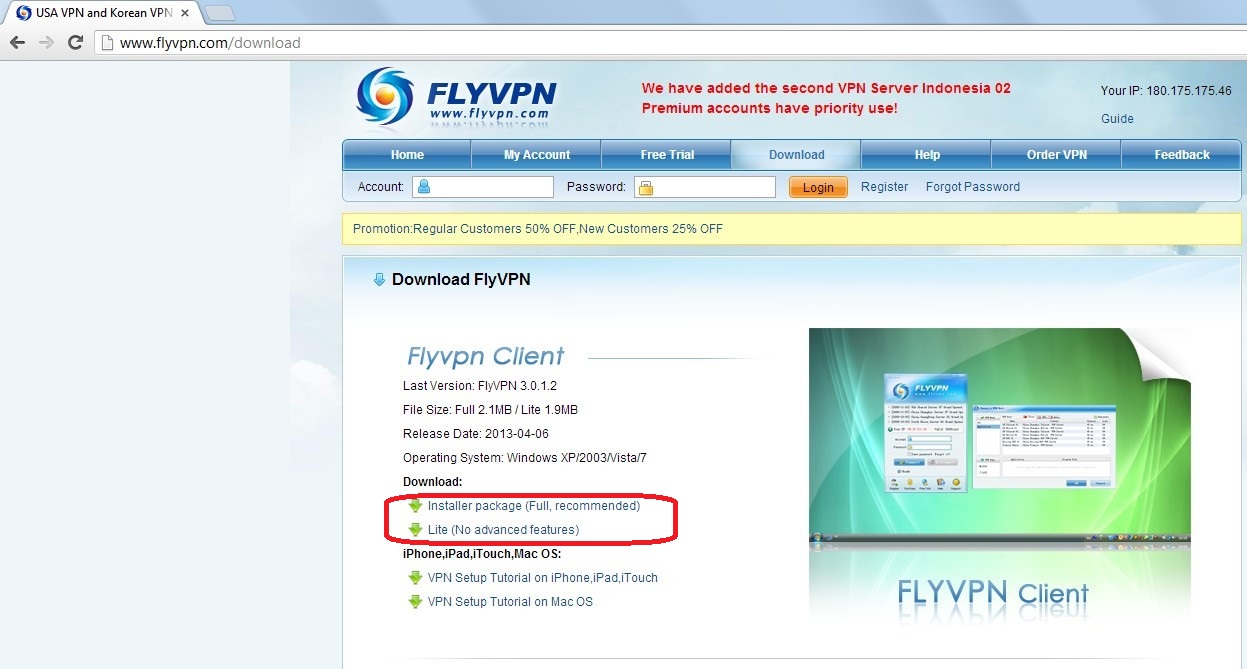

OpenVPN server process over a single TCP or UDP port. OpenVPN is not a web application proxy and does not operate through a web browser. OpenVPN supports flexible client authentication methods based on certificates, smart cards and username/password credentials. OpenVPN uses OSI layer 2 or 3 secure network extension using the industry standard SSL/TLS protocol. We can define OpenVPN as a full-featured SSL VPN. A VPN can also be used to connect computers to isolated remote computer networks that is usually inaccessible, by using the Internet or another intermediate network. A VPN service masks our ISP IP so your online actions are virtually untraceable. A VPN is short form of virtual private network, which gives us a privacy, anonymity and security over public internet. Then click the Download buttons for the server(s) you wish to download.In this blog article we are going to discuss about How to Install and Configure OpenVPN on Windows 10.

Protocol: UDP (recommended) / use TCP if you experience slow VPN speeds (this utilizes port 443).Platform: The correct platform for your device (THIS IS IMPORTANT, as otherwise you may be vulnerable to DNS leaks).Select OpenVPN configuration files in the left navigation bar and choose: Select Downloads on in the left navigation bar Log into your Proton VPN dashboard at /login

Read on for instructions on how to download Proton VPN OpenVPN configuration files. Nevertheless, some users may prefer to use OpenVPN configuration files and connect to our secure VPN servers using a third-party client. Proton VPN features easy-to-use native apps with a simplified graphical user interface for:


 0 kommentar(er)
0 kommentar(er)
